Just about a year ago, Channy showed you How to Use the New AWS Application Migration Server for Lift-and-Shift Migrations. In his post, he introduced AWS Application Migration Service (AWS MGN) and said:
With AWS MGN, you can minimize time-intensive, error-prone manual processes by automatically replicating entire servers and converting your source servers from physical, virtual, or cloud infrastructure to run natively on AWS. The service simplifies your migration by enabling you to use the same automated process for a wide range of applications.
Since launch, we have added agentless replication along with support for Windows 10 and multiple versions of Windows Server (2003, 2008, and 2022). We also expanded into additional regions throughout 2021.
New Post-Launch Actions
As the title of Channy’s post stated, AWS MGN initially supported direct, lift-and-shift migrations. In other words, the selected disk volumes on the source servers were directly copied, bit-for-bit to EBS volumes attached to freshly launched Amazon Elastic Compute Cloud (Amazon EC2) instances.
Today we are adding a set of optional post-launch actions that provide additional support for your migration and modernization efforts. The actions are initiated and managed by the AWS Systems Manager agent, which can be automatically installed as the first post-launch action. We are launching with an initial set of four actions, and plan to add more over time:
Install Agent – This action installs the AWS Systems Manager agent, and is a prerequisite to the other actions.
Disaster Recovery – Installs the AWS Elastic Disaster Recovery Service agent on each server and configures replication to a specified target region.
CentOS Conversion – If the source server is running CentOS, the instances can be migrated to Rocky Linux.
SUSE Subscription Conversion – If the source service is running SUSE Linux via a subscription provided by SUSE, the instance is changed to use an AWS-provided SUSE subscription.
Using Post-Launch Actions
My AWS account has a post-launch settings template that serves as a starting point, and provides the default settings each time I add a new source server. I can use the values from the template as-is, or I can customize them as needed. I open the Application Migration Service Console and click Settings to view and edit my template:
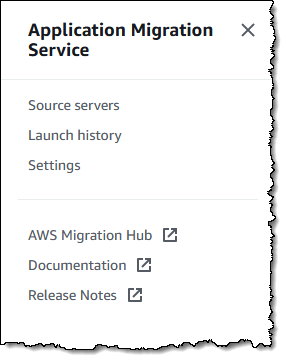
I click Post-launch settings template, and review the default values. Then I click Edit to make changes:
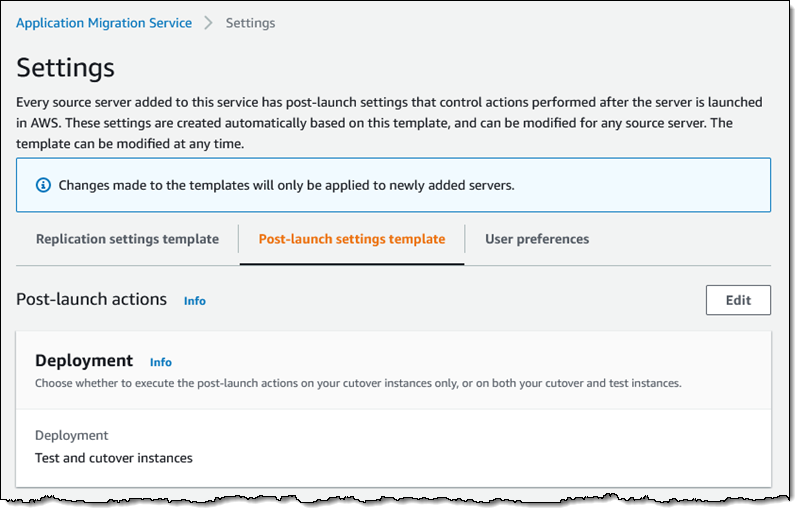
As I noted earlier, the Systems Manager agent executes the other post-launch actions, and is a prerequisite, so I enable it:
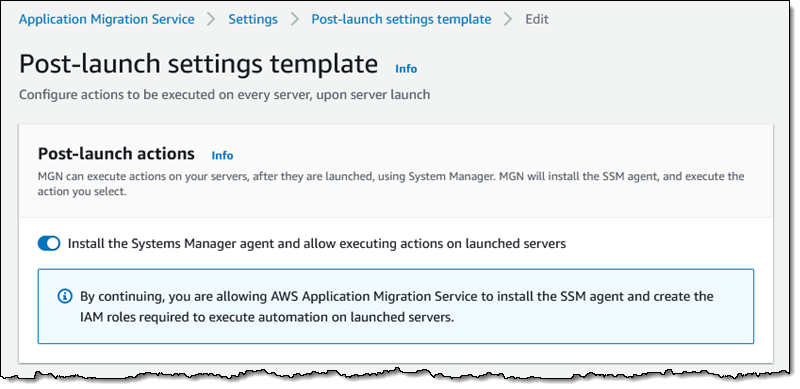
Next, I choose to run the post-launch actions on both my test and cutover instances, since I want to test against the final migrated configuration:
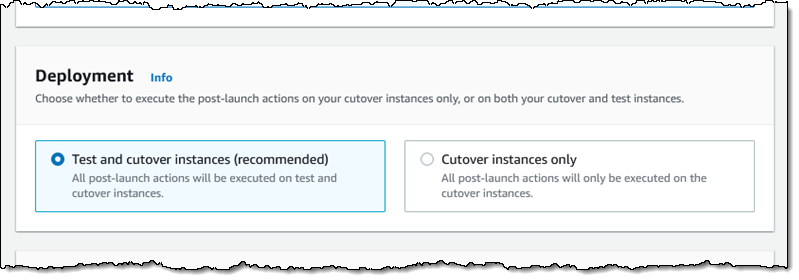
I can now configure any or all of the post-launch options, starting with disaster recovery. I check Configure disaster recovery on migrated servers and choose a target region:

Next, I check Convert CentOS to Rocky Linux distribution. This action converts a CentOS 8 distribution to a Rocky Linux 8 distribution:

Moving right along, I check Change SUSE Linux Subscription to AWS provided SUSE Linux subscription, and then click Save template:
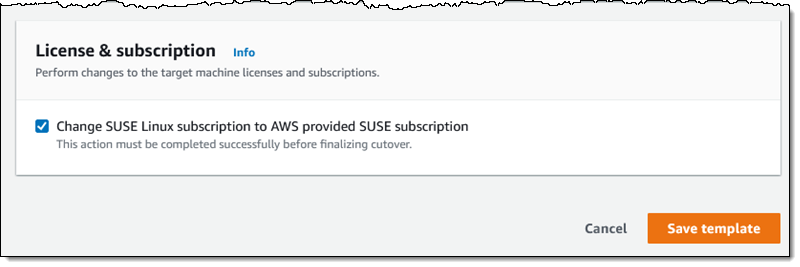
To learn more about pricing for the SUSE subscriptions, visit the Amazon EC2 On-Demand Pricing page.
After I have set up my template, I can view and edit the settings for each of my source servers. I simply select the server and choose Edit post-launch settings from the Replication menu:

The post-launch actions will be run at the appropriate time on the test or the cutover instances, per my selections. Any errors that arise during the execution of an action are written to the SSM execution log. I can also examine the Migration dashboard for each source server and review the Post-launch actions:

Available Now
The post-launch actions are available now and you can start using them today in all regions where AWS Application Migration Service (AWS MGN) is supported.
— Jeff;
from AWS News Blog https://aws.amazon.com/blogs/aws/aws-mgn-update-configure-dr-convert-centos-linux-to-rocky-linux-and-convert-suse-linux-subscription/